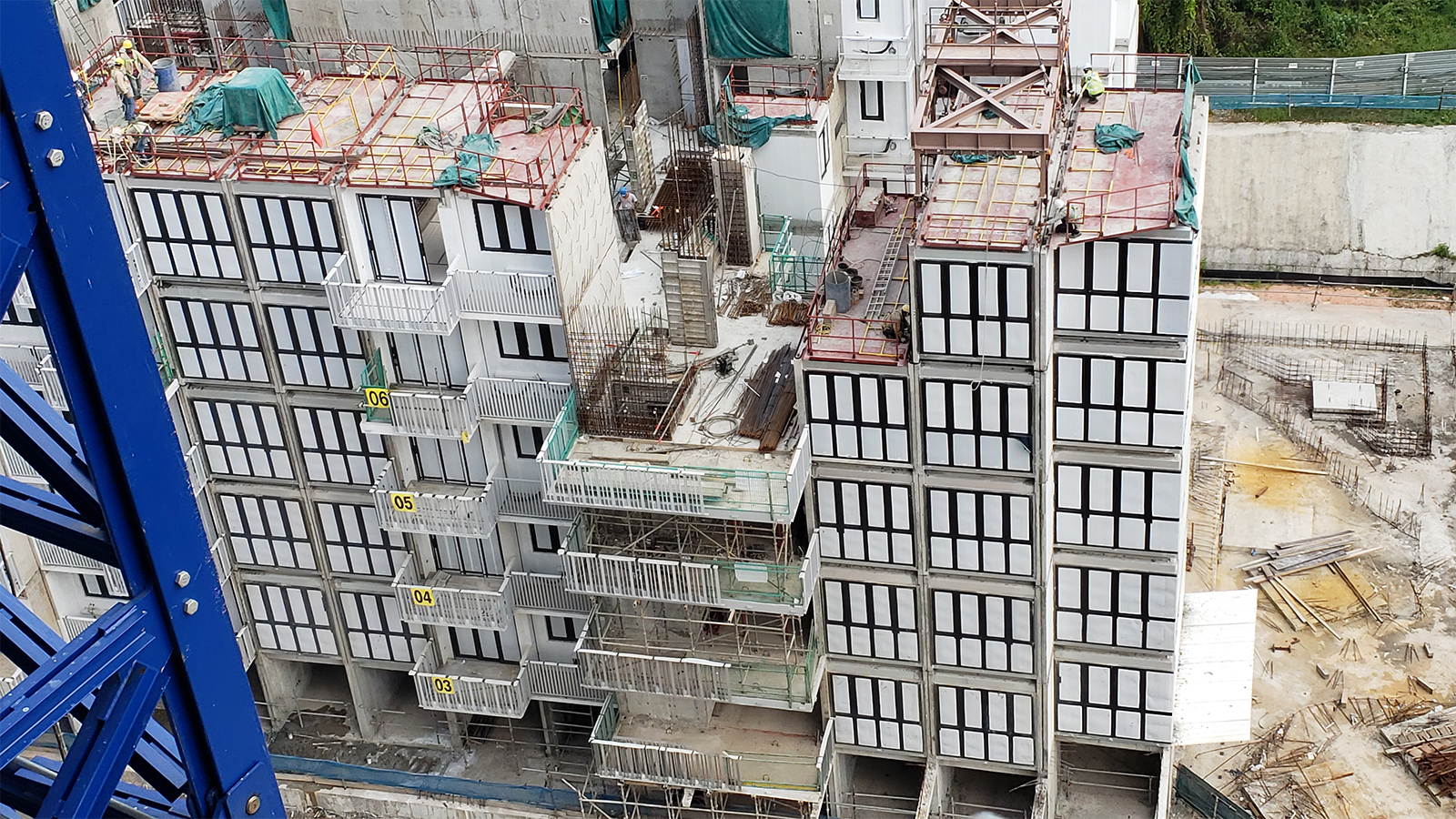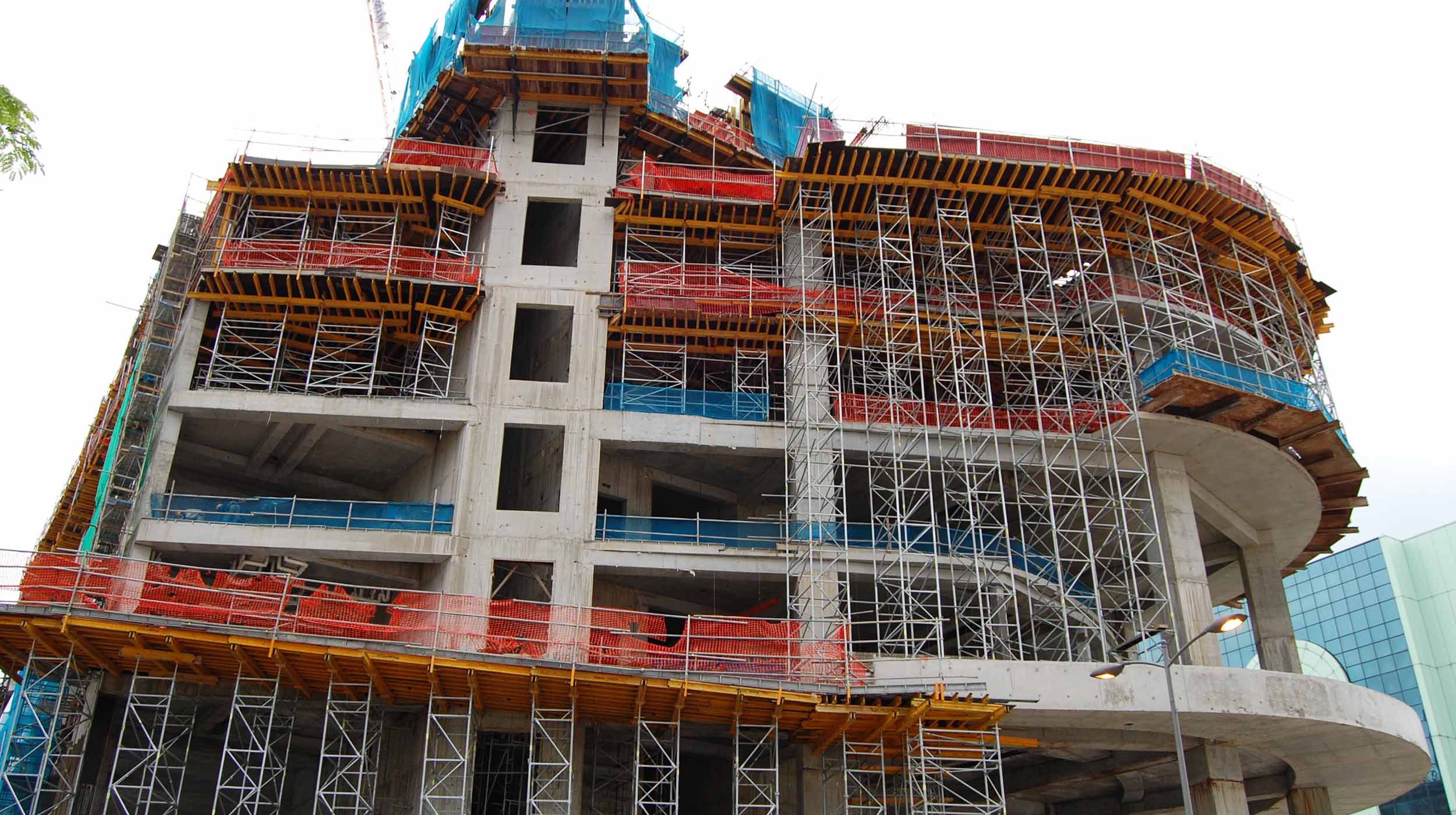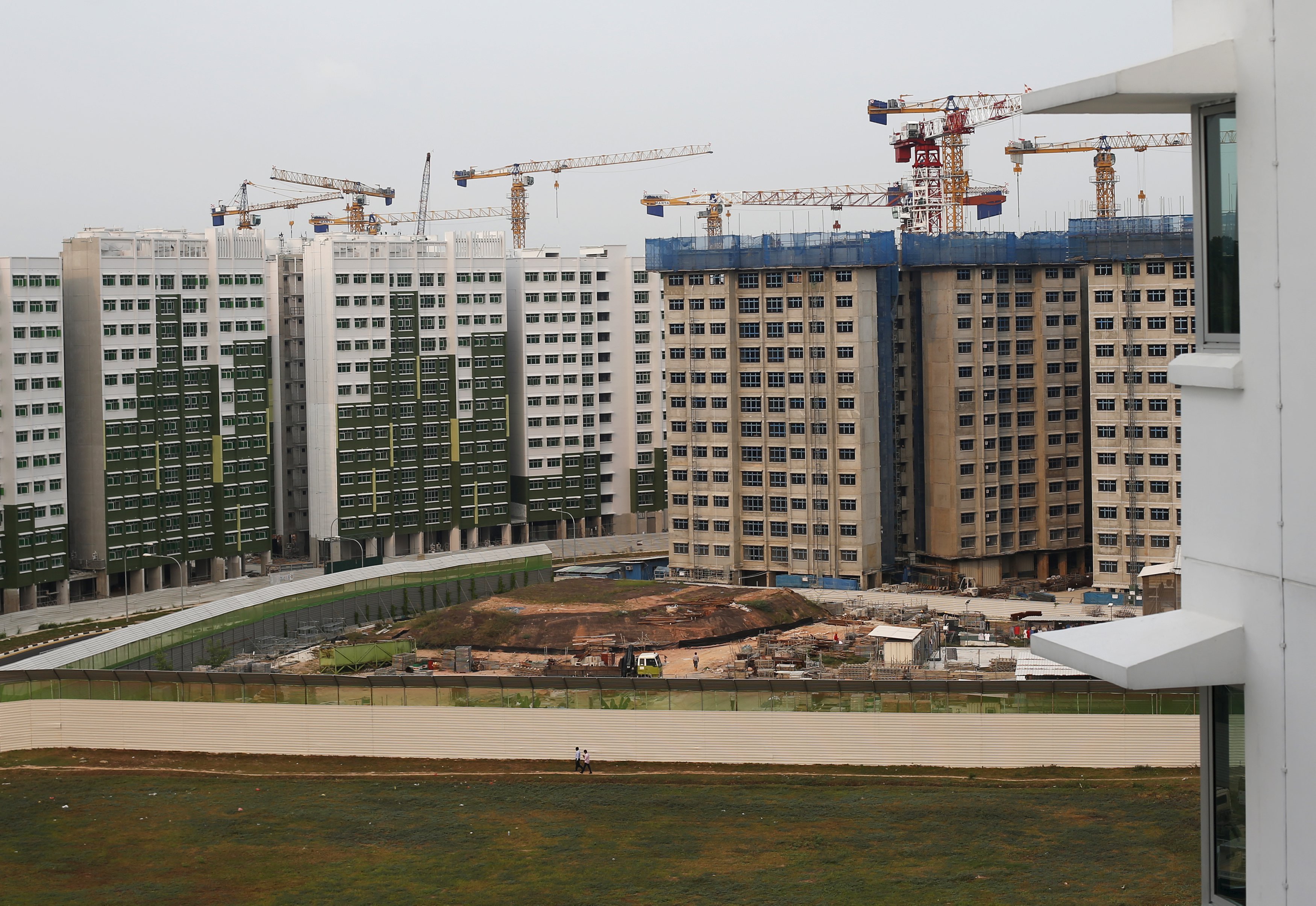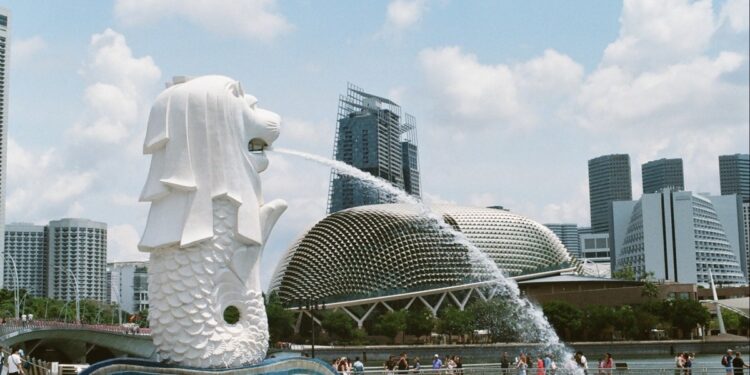Energy conservation has become a defining feature of Singapore’s real estate construction landscape. As the nation pursues its sustainability goals, developers are increasingly integrating green technology, efficient systems, and eco-friendly materials into new projects. This shift is reshaping how buildings are designed, constructed, and operated across the island.
1. Integrating Smart and Sustainable Technologies

Thomson Modern represents the new generation of developments that combine modern architecture with energy-conscious design. Developers now focus on smart systems that minimize energy waste while improving daily comfort for residents. Features such as automated lighting, motion sensors, and smart thermostats are becoming standard in both residential and commercial projects.
The use of renewable energy sources, such as solar panels, is also expanding. Buildings are increasingly designed with energy-efficient facades, natural ventilation, and materials that reduce heat absorption. These measures not only cut operational costs but also align with Singapore’s Green Plan 2030, which aims for a low-carbon, sustainable urban future.
Developers recognize that sustainability is not just a regulatory requirement—it’s a selling point. Homebuyers and investors now value projects that reflect environmental responsibility and long-term efficiency.
2. The Role of Government Policies and Green Certification

Singapore’s Building and Construction Authority (BCA) plays a crucial role in promotig energy-efficient construction through initiatives like the Green Mark certification. This program evaluates developments based on their energy and water efficiency, environmental impact, and indoor environmental quality.
Projects that achieve higher Green Mark ratings benefit from enhanced market reputation and long-term savings. For developers, certification has become both a competitive advantage and a statement of corporate responsibility. The push for greener construction also stimulates innovation in design, engineering, and materials.
Developments such as Thomson Modern reflect how builders respond to these policies. By adopting advanced energy-saving technologies and sustainable layouts, they meet government standards while appealing to environmentally conscious buyers who prioritize future-ready living.
3. Long-Term Value and Market Impact

Energy-efficient construction contributes directly to property value and investment performance. Buyers understand that green buildings offer lower utility costs and higher comfort, leading to stronger demand and resale potential. In Singapore’s maturing market, this makes sustainable projects more resilient during economic fluctuations.
From a macroeconomic perspective, the shift toward energy conservation also supports national competitiveness. Reduced energy consumption lowers overall infrastructure strain and contributes to environmental stability. This alignment between private development and public policy strengthens investor confidence and positions Singapore as a global leader in sustainable real estate.
Developers who prioritize energy conservation today are building not only for the present but also for the future. Their efforts define the next era of real estate growth—one that balances modern comfort with ecological responsibility.
Conclusion
The transformation toward energy-efficient construction marks a key evolution in Singapore’s real estate sector. Driven by policy, innovation, and consumer awareness, the market is embracing sustainability as a measure of quality and value.
Projects like Thomson Modern embody this shift by combining design excellence with responsible resource use. As Singapore continues to lead in sustainable urban development, energy conservation will remain a core principle shaping the nation’s future buildings and communities.






